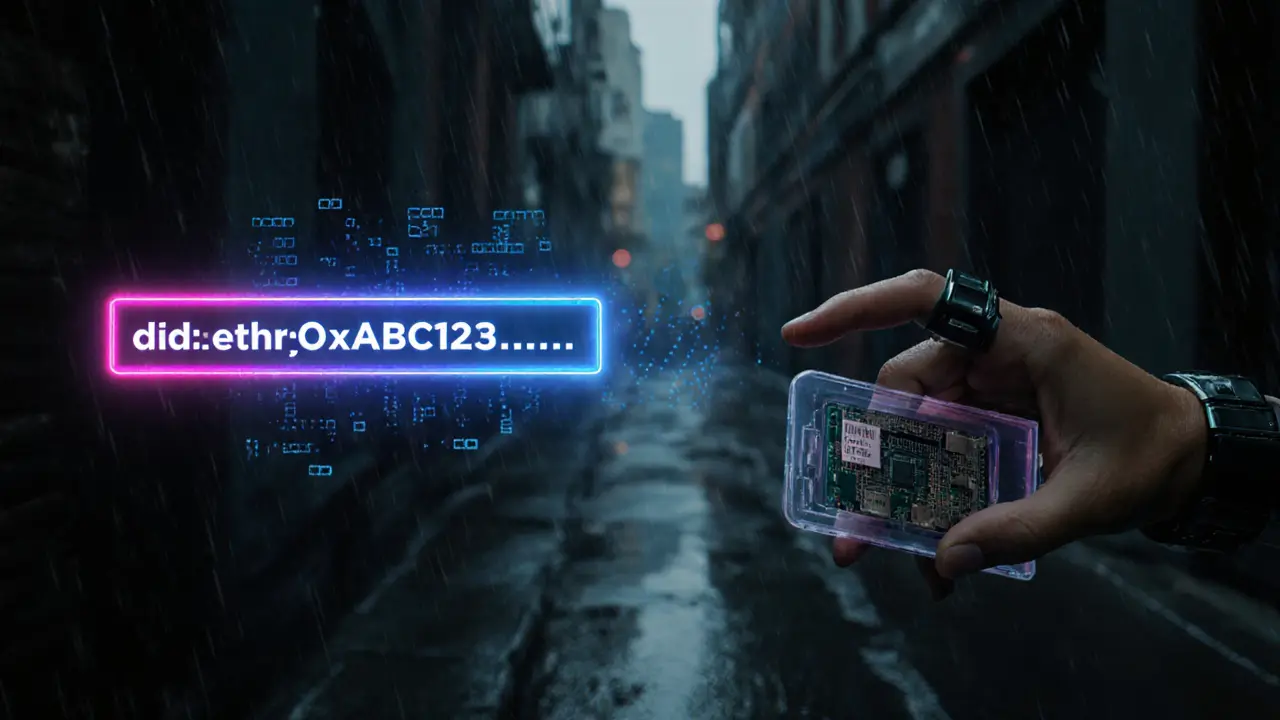Learn how decentralized identifiers (DIDs) work on blockchain, from core components and popular methods to security, real-world use cases, and future trends.
Read MoreVerifiable Credentials
When working with Verifiable Credentials, cryptographically signed statements that prove a claim about an individual or entity without exposing raw data. Also known as VCs, they let you share proof of education, employment, or age without handing over a PDF that anyone can copy. Pairing VCs with self-sovereign identity, a model where you own and control your personal data turns identity from a static file into a dynamic, privacy‑first credential you can present whenever you need it. This shift means you no longer rely on a single company to verify who you are – the verification happens through math, not a middleman.
How the ecosystem fits together
The real magic happens when VCs sit on a blockchain, an immutable ledger that timestamps and secures transactions. Blockchains give VCs a tamper‑proof anchor, so anyone can check that a credential wasn’t altered after it was issued. Verifiable credentials often use standards like W3C’s VC data model, which defines how the credential, the issuer’s signature, and the holder’s consent are packaged. Add NFTs, unique tokens that can represent ownership or membership into the mix, and you have a powerful combo: an NFT can act as a holder‑specific key that unlocks a VC only for the right audience. Zero‑knowledge proofs further tighten privacy by letting you prove you meet a condition (e.g., over 18) without revealing your exact birthdate.
Why does this matter for everyday users? Think of voting, airdrops, or token‑gated communities – each scenario needs a reliable way to confirm eligibility without exposing personal data. With VCs, a voter can prove citizenship, an airdrop participant can prove wallet ownership, and a community can grant access based on a credential that proves a skill or membership. The result is lower friction, higher trust, and fewer scams. Below you’ll find deep dives into crypto tokens, airdrop mechanics, blockchain voting hurdles, and more – all showing how verifiable credentials power the next wave of secure digital interactions.
